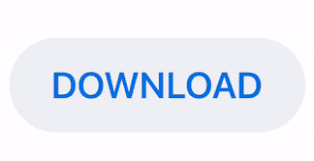

Either way, it’s far more intuitive than the old Roland method! Quick edits can be made via the quartet of Shift buttons these shunt the whole pattern left or right or transpose it up or down in semitones. If you wish to string patterns together you’ll need to trigger them in the order desired and capture this into your DAW, but the process is so straightforward it’s hard to fault.įrom the GUI’s Classic View, you can record patterns in step entry mode using MIDI input or by stepping through, clicking on the note, accent, slide and transposition as you go. The sequencer doesn’t work much like the original either - there are no triplets and no pattern chaining, to name but the most obvious differences. It’s your choice whether to run in ‘note mode’ and play the synth with a controller keyboard or to use it to trigger all those AB元-sourced patterns instead. For a start, patterns are batched in groups of 128, one for every possible MIDI note. It doesn’t stick slavishly to 303 expectations though. It certainly looks the part the resizable GUI is expandable to suit even ancient hippies whose vision is reduced to a vague squint. They were still not completely satisfied though, so a total rewrite was called for, resulting in AB元 - in VST and AU formats. AudioRealism made their first attempt in 2003 with ABL1, moving closer with ABL2 in 2007. It’s been done many times in hardware and software - even by Roland themselves - but that doesn’t mean the quest for perfection is over. It’s not exactly a new idea to replicate the Roland TB303. The humble TB303 has proved notoriously difficult to recreate in software, but AB元 comes far closer than most. The main panel - the sticker is optional.


 0 kommentar(er)
0 kommentar(er)
